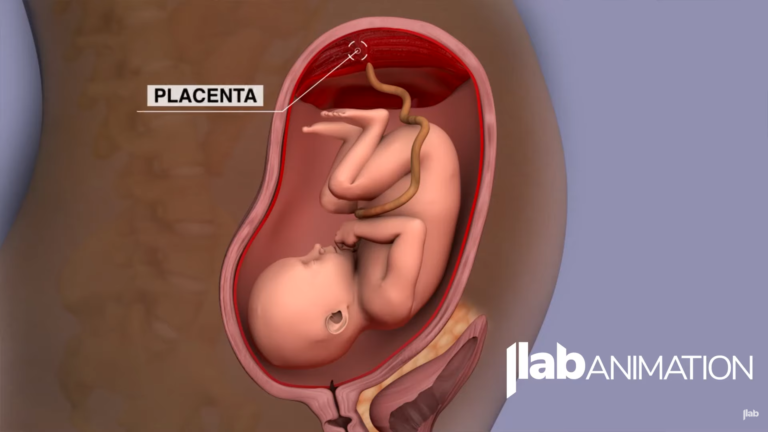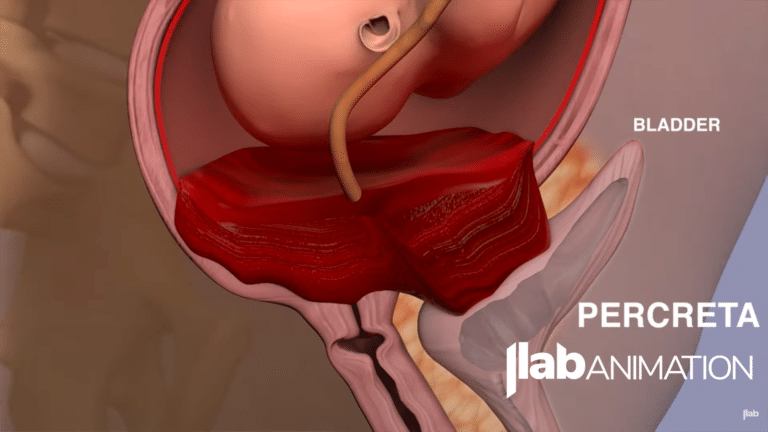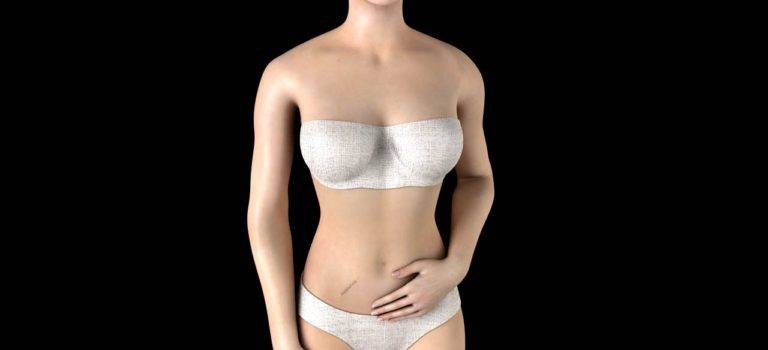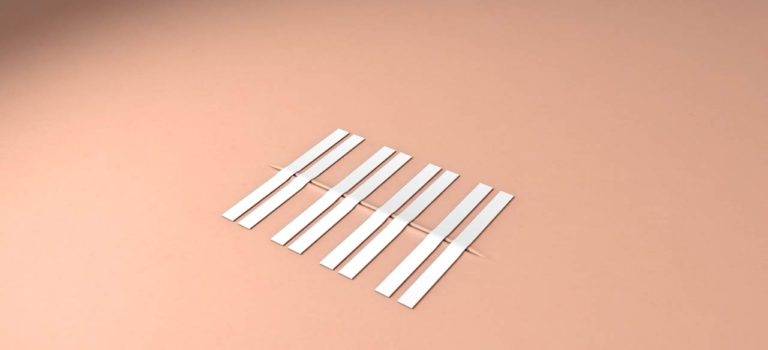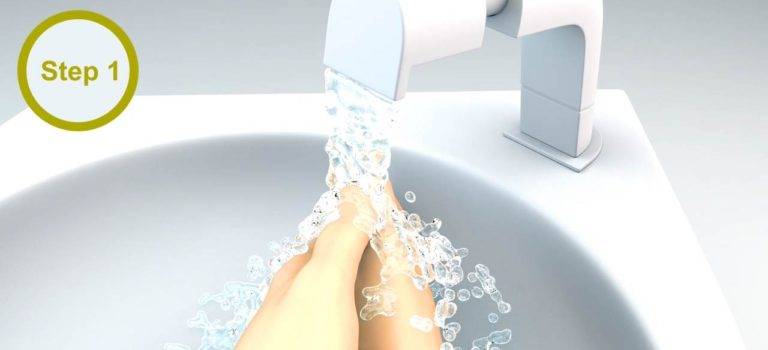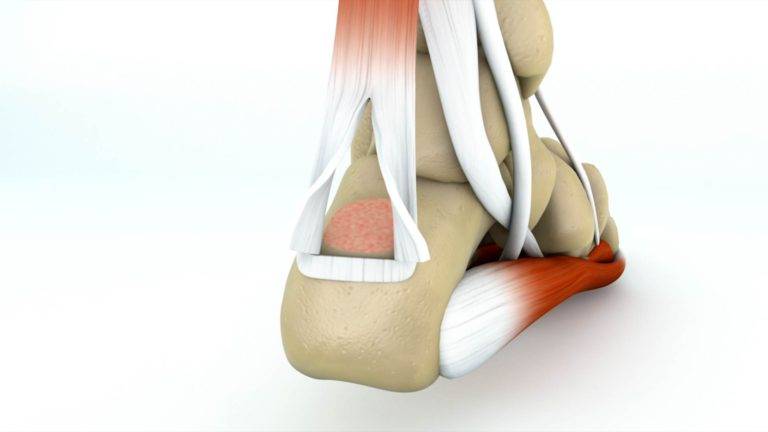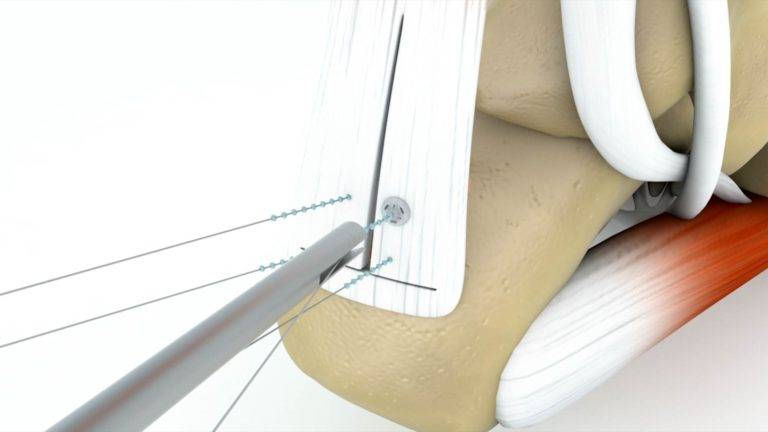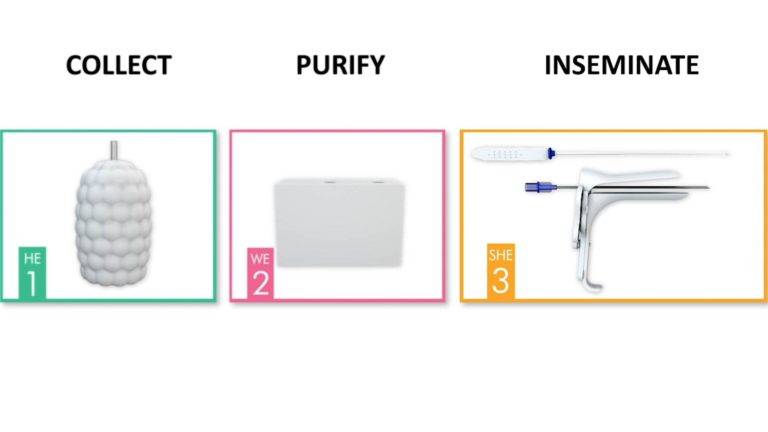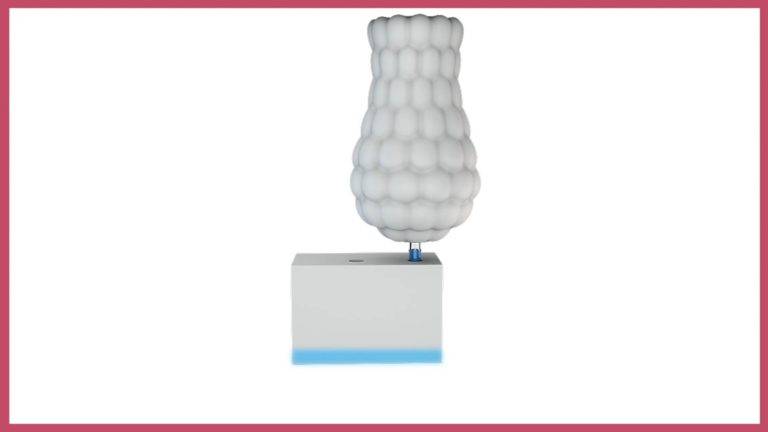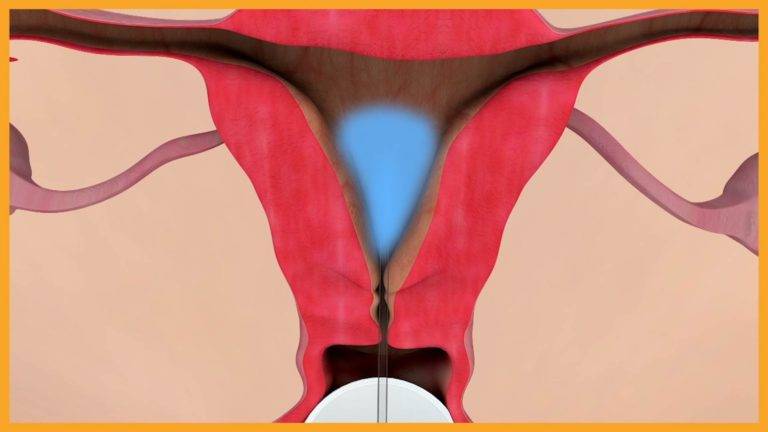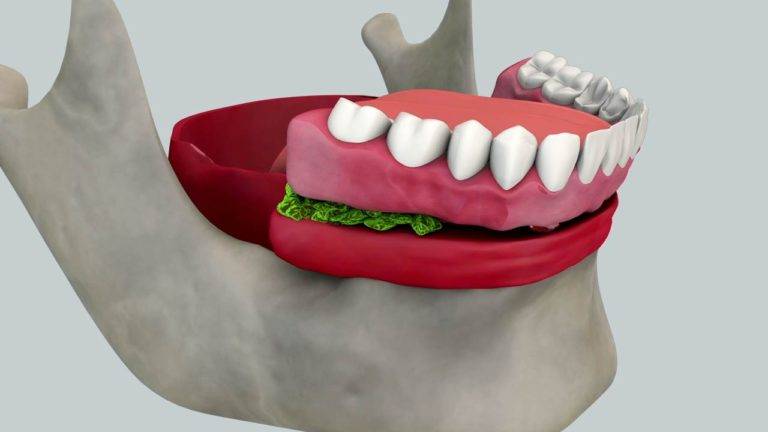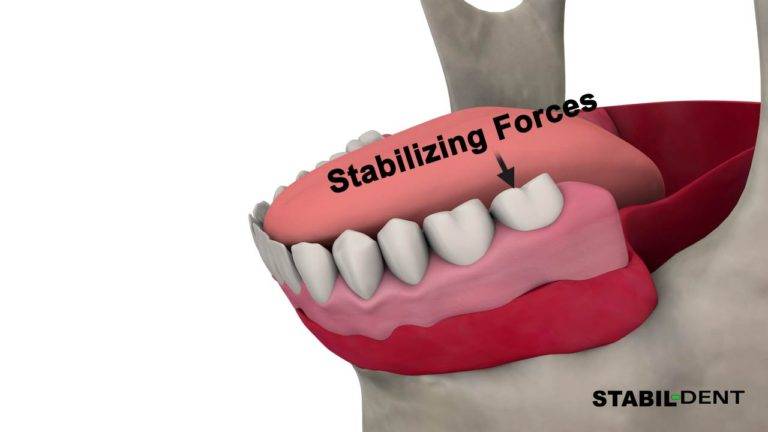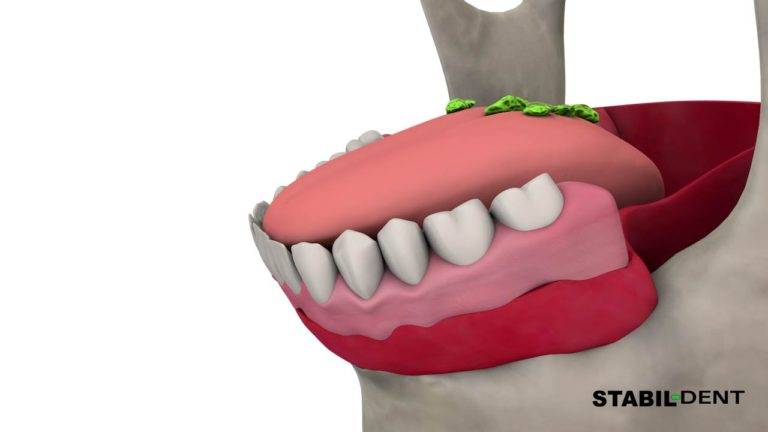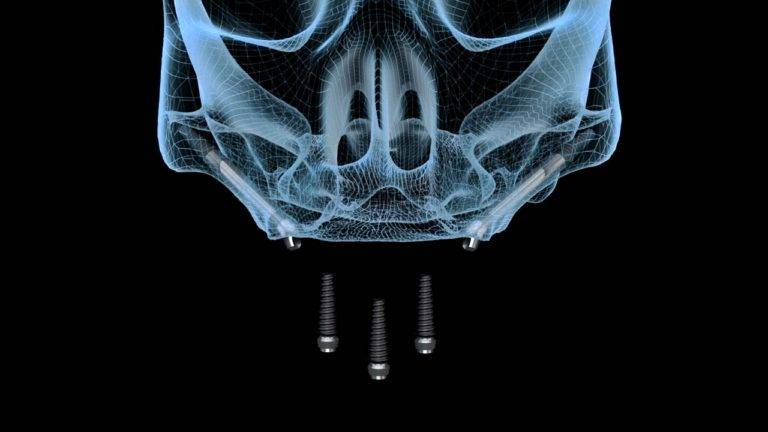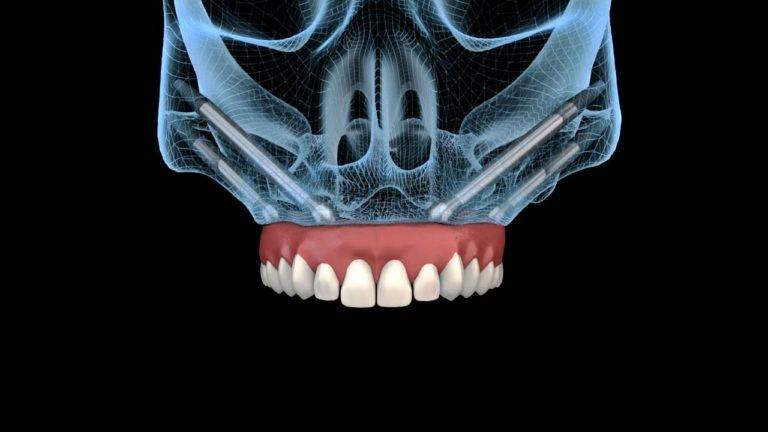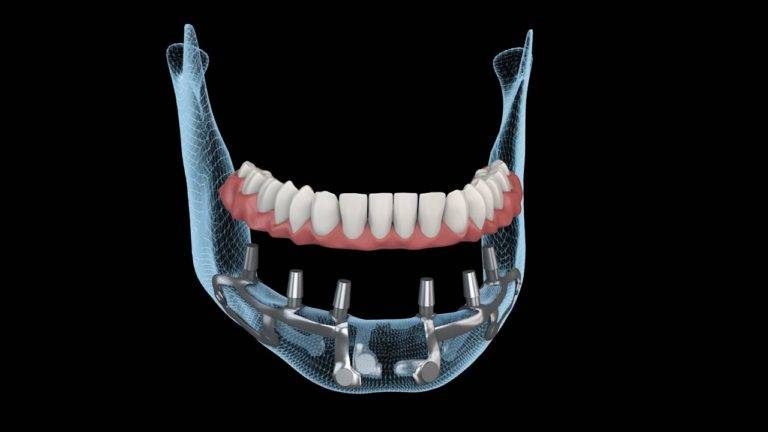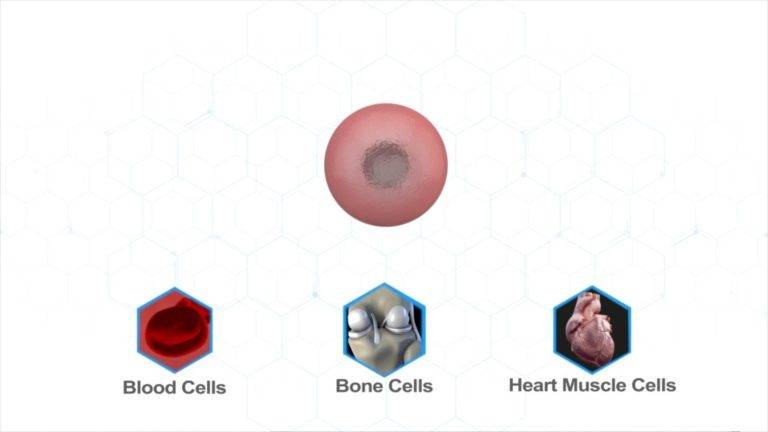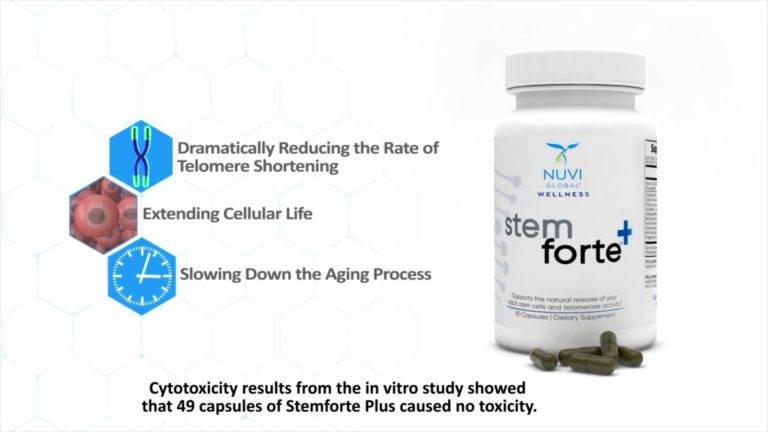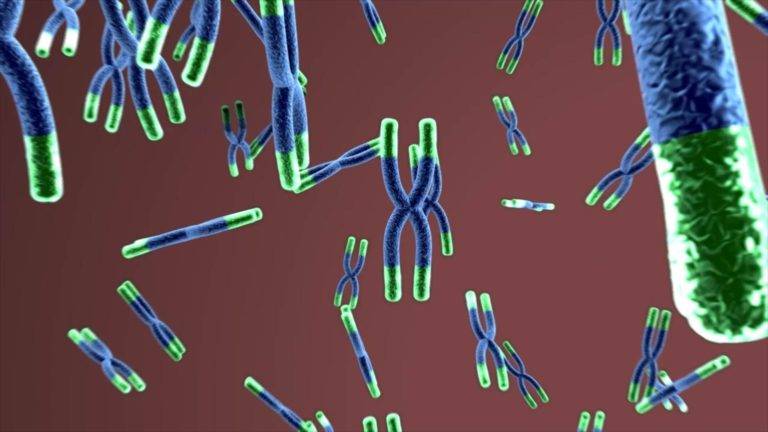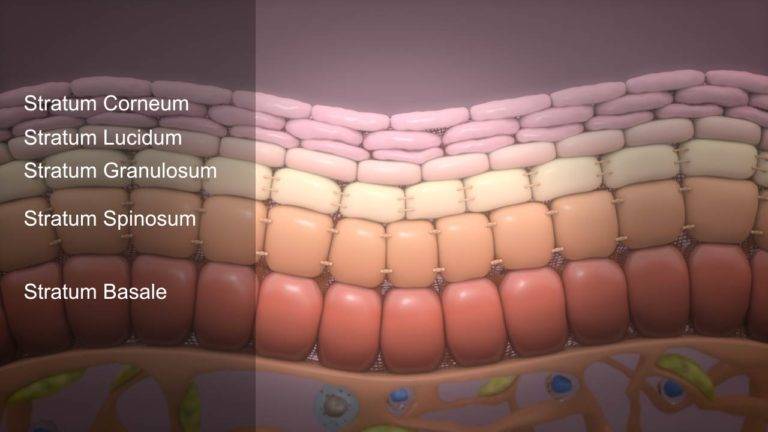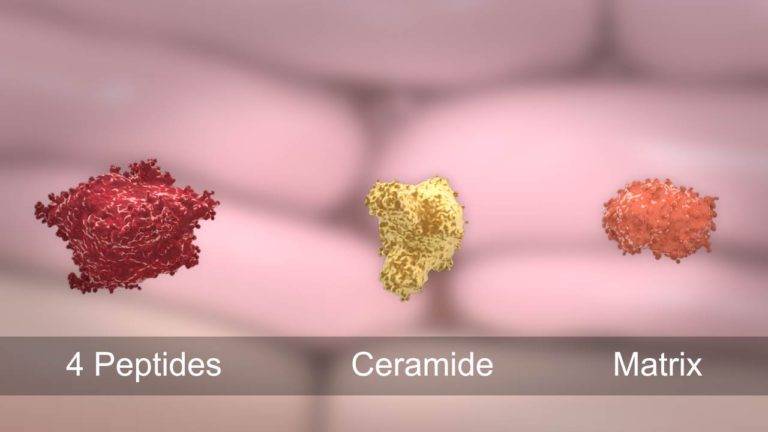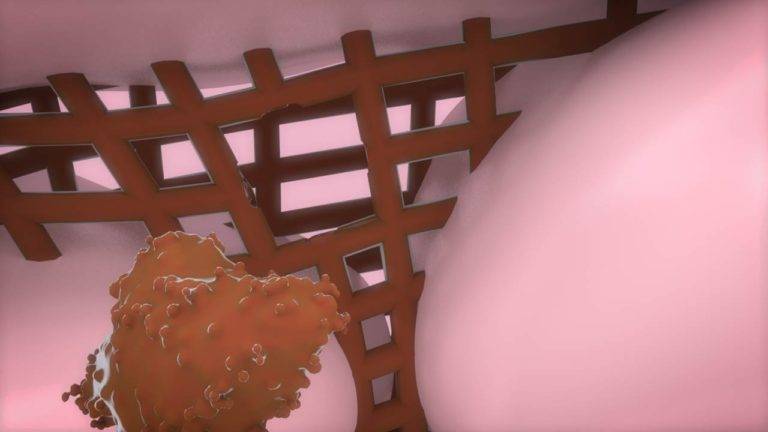Medical Devices
Medical device animation is a visual representation of a medical device in action, used to educate and inform patients, healthcare professionals, and other stakeholders about the features and benefits of the device. Medical device animations can be in the form of explainer videos, product demonstrations, or medical procedure animations.
Importance of Medical Device Animation in Healthcare Industry
The use of medical device animation has several advantages in the healthcare industry.
Firstly, medical device animation can help to educate and inform patients and healthcare professionals about the features and benefits of medical devices in a visual and engaging manner.
This can help to build trust and understanding among stakeholders, leading to better patient outcomes.
Secondly, medical device animation can provide a more accurate representation of a medical device than other forms of visual communication, such as illustrations or photographs.
This is especially important in the healthcare industry, where accuracy is critical.
Lastly, medical device animation can be used to demonstrate complex procedures or techniques, making it easier for healthcare professionals to understand and apply in practice.

The purpose of this post is to provide an in-depth understanding of medical device animation, including its definition, importance in the healthcare industry, and the process of creating an effective and accurate medical device animation. This also cover the challenges involved in creating medical device animation and provide recommendations for utilizing medical device animation effectively.
What is Medical Device Animation?
Visual representation of the functioning and usage of medical devices. It is a form of multimedia content that helps to demonstrate and explain the features, benefits and workings of medical devices in a clear, concise and engaging manner.
Types of Medical Device Animation
-
- Explainer Video: This type of animation is used to explain the concept or technology behind a medical device. It is designed to educate the audience about the device’s functionality, and how it solves a particular medical issue.
- Product Demonstration: This type of animation is used to showcase the medical device in action, highlighting its features and capabilities. It is used to help customers visualize the device and understand how it works.
- Medical Procedure Animation: This type of animation is used to demonstrate a medical procedure and provide a step-by-step visual representation of the process. It is used to educate medical professionals and patients on how to use the device correctly and effectively.
Benefits of Medical Device Animation

- Improves Understanding: Medical device animation provides a visual representation of complex medical devices, making it easier for patients and medical professionals to understand their features and functions.
- Enhances Engagement: Medical device animation is an engaging way to communicate information about medical devices, making it more memorable and easier to retain compared to text-based information.
- Reduces Training Time: By providing clear visual demonstrations of how medical devices work and how to use them, medical device animation can help reduce training time for medical professionals.
- Boosts Sales: By showcasing the features and benefits of a medical device, medical device animation can help increase customer interest and boost sales.
- Increases Patient Safety: By providing clear and accurate information on how to use medical devices, medical device animation helps to ensure that patients use them correctly, reducing the risk of injury or harm.
The Process of Creating Medical Device Animation
A. Pre-Production Stage
- Concept Development: This stage involves brainstorming and developing the overall idea for the medical device animation. The goal is to determine the type of animation that will best suit the medical device and the audience it is intended for.
- Script Writing: In this stage, the concept is developed into a detailed script that outlines the story, characters, and events of the animation. The script should be written in a clear and concise manner, highlighting the key features and benefits of the medical device.
- Storyboarding: In this stage, the script is transformed into a visual representation of the animation. The storyboard outlines the sequence of events, camera angles, and key shots that will be included in the final animation.

B. Production Stage
- Character Design: In this stage, the characters that will be featured in the animation are designed and created. The characters should be visually appealing and relatable to the target audience.
- 3D Modeling: In this stage, the medical device is modeled in 3D software to create a virtual representation of the device. The 3D model should be highly detailed and accurate, and it should accurately reflect the functionality of the medical device.
- Animation and Rendering: In this stage, the 3D model of the medical device is brought to life by adding movement, actions, and other animation elements. The animation is then rendered, or translated into a final video file format.
C. Post-Production Stage
- Sound Design: In this stage, the sound effects, background music, and voice-over are added to the animation. The sound design should be carefully crafted to enhance the overall viewing experience and complement the visuals.
- Visual Effects: In this stage, special effects such as smoke, fire, and explosions are added to the animation to enhance its visual impact.
- Color Correction: In this stage, the final animation is color-corrected to ensure that the colors are accurate and visually appealing. The color correction process involves adjusting the brightness, saturation, and contrast of the animation to make it look professional and polished.
Challenges in Creating Medical Device Animation
Accuracy and Regulatory Compliance: One of the biggest challenges in creating medical device animation is ensuring accuracy and regulatory compliance.
The animation must be accurate, up-to-date, and compliant with regulatory standards, such as those set by the FDA. Any inaccuracies or omissions in the animation could lead to patient harm, and could result in legal or regulatory consequences.
Complexity of Medical Devices: Another challenge in creating medical device animation is dealing with the complexity of medical devices.
Some medical devices can be highly technical and difficult to understand, making it challenging to translate this information into an engaging and easy-to-understand animation.
Balancing Artistic Expression with Technical Accuracy: A further challenge in creating medical device animation is balancing artistic expression with technical accuracy.
While the animation should be visually appealing, it is important to ensure that the visuals accurately reflect the functionality of the medical device. This can be challenging, as the artistic style may not always align with the technical details of the medical device.
Balancing the two is critical, as technical inaccuracies in the animation could compromise patient safety and result in legal or regulatory consequences.

We have discussed the definition of medical device animation, the types of medical device animation, the process of creating medical device animation, and the challenges involved in creating accurate and compliant medical device animation.
A medical device animation is an important tool in the healthcare industry, as it helps educate patients, healthcare professionals, and other stakeholders about the features and benefits of medical devices. It is a highly effective way to communicate complex technical information in a visual and engaging manner.
Recommendations for Utilizing Medical Device Animation Effectively
To utilize medical device animation effectively, it is important to ensure accuracy and regulatory compliance, balance artistic expression with technical accuracy, and choose the appropriate type of medical device animation to suit the audience and the medical device. Medical device animation should be a critical component of any medical device marketing and education strategy, as it can help build trust and understanding among stakeholders and ultimately improve patient outcomes.


